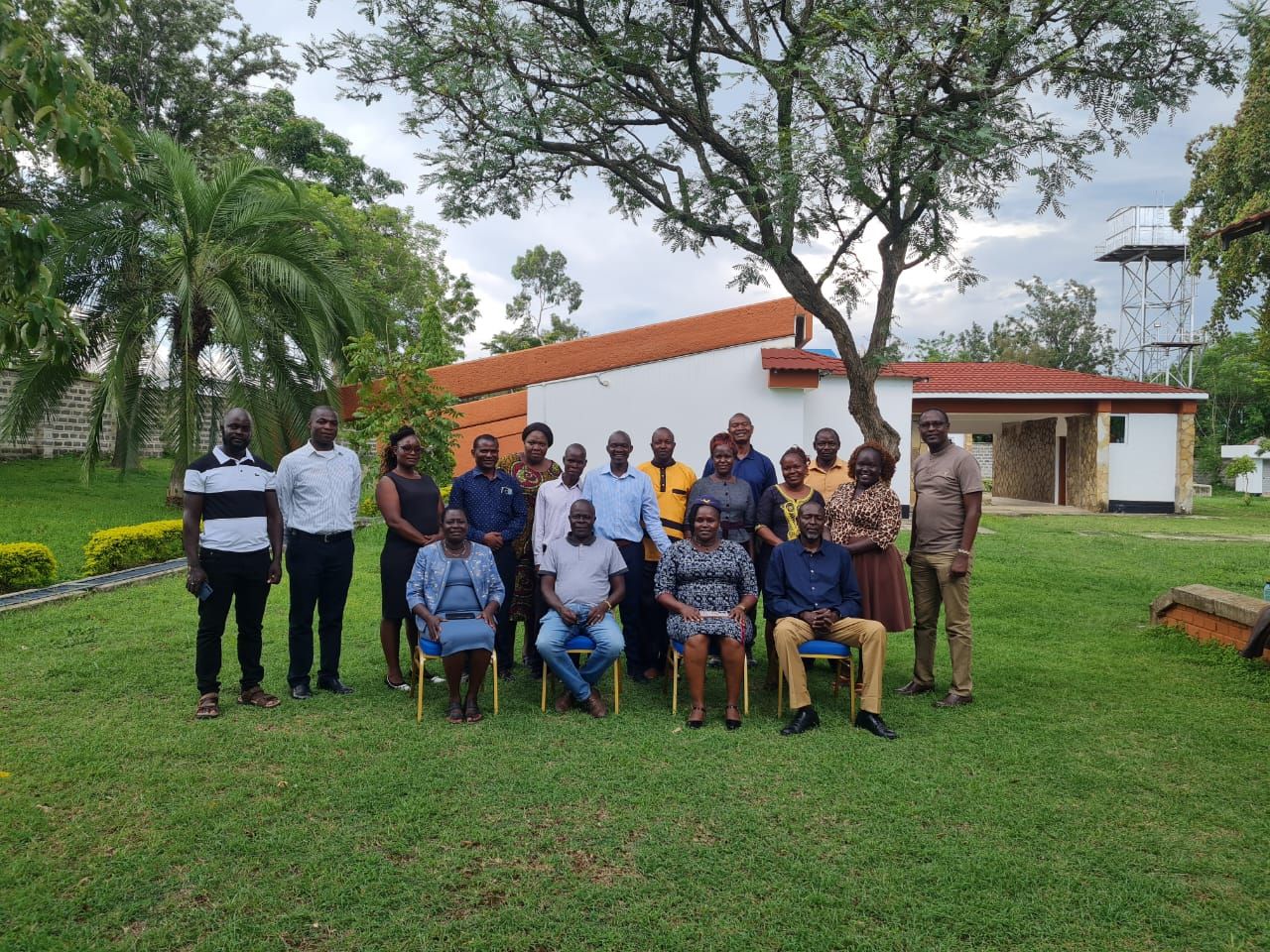Counties in Kenya commit to strengthening LSC Hub for advancing climate-smart agriculture
Date: April 19, 2025 Author: John Recha (ILRI)
High-level stakeholder meetings to strengthen locally driven agricultural development and climate resilience in Kenya.
High-level stakeholder meetings were held in Taita Taveta County (1-2 April 2025) and Busia County (7-8 April 2025), Kenya, to discuss the integration and sustainability of the Kenya LSC Hub. The meetings brought together a diverse group of participants, including county executives, agricultural officers, project implementers, research institutions, and farmers engaged in the Participatory Integrated Planning (PIP) process.
The meetings aimed to foster county-level ownership of the LSC Hub and PIP model, ensuring these tools are institutionalised within county systems, policies, and budgets, and map out pathways for scaling interventions to more farming communities. Participants also discussed mobilising financial and political support for long-term sustainability and fostering meaningful collaborations among stakeholders.
Progress made in Busia and Taita Taveta
In Busia County, PIP has already reached over 500 farmers in Matayos and Teso North sub-counties through participatory training. In Taita Taveta County, hundreds of farmers in Mwatate, Taita, and Voi have been engaged through group-based training and demonstrations. These successes set the stage for broader adoption of the model .
Key priorities
Integrated governance framework: The deliberations focused on key components for integrating the LSC-Hub at the county level, particularly the creation of a governance framework that aligns the Hub with existing county mechanisms, such as multi-stakeholder platforms and interdepartmental committees. This would enhance coordination with county priorities and simplify decision-making and resource allocation.
Participatory planning and implementation: Counties aim to engage communities through dialogue and training to support farmers as co-owners of the processes. There’s a consensus on the importance of decisions based on real-time, local data—underscoring the value of the LSC-Hub in enabling evidence-based agricultural planning.
Financial sustainability: Counties are encouraged to include LSC-related activities in their budgets and to partner with the private sector, NGOs, cooperatives, and development agencies. Both counties recognised the importance of diversified financing, leveraging farmer cooperatives and value chain actors for support.
Expected outcomes and challenges
In structured discussions, participants outlined the expected benefits of full integration and institutionalisation, including better service delivery to farmers, alignment of county policies with community needs, and increased resilience to climate shocks. They identified challenges that hinder integration and scaling, including fragmented stakeholder coordination, overreliance on donor funding, limited technical capacity, and inadequate community engagement.
To address these issues, strategic priorities were proposed, including strengthening multi-stakeholder coordination, enhancing knowledge sharing, promoting inclusive participation, and developing technical capacity from farmers to extension officers. Ensuring consistent support to farmers and equipping extension systems to use LSC Hub data for targeted interventions were emphasised.
In Taita Taveta County, the importance of transparent communication and inter-sectoral coordination was highlighted, recommending the establishment of coordination units, enhanced data-sharing systems, and regular monitoring and evaluation to ensure that implementation remains aligned and responsive. They acknowledged the role of Ward Administrators and elected leaders in mobilising political support and fostering local ownership.
Commitment and next steps
In Busia, there is a consensus to scale the model to more sub-counties and farmer groups. Plans include integrating the PIP model into the work plans of Ward Agricultural Officers and aligning with key policies like the County Development and Investment Plan, Agricultural Mechanisation Plan, and climate-smart agriculture strategies. Existing demonstration sites will serve as training centres, involving champion farmers and agricultural information intermediaries for wider outreach. Additionally, establishing a feedback loop between cooperatives and the LSC Hub, as many farmers already reached by the Hub are also members of savings and credit cooperatives (SACCOs), which could serve as conduits for mobilising resources and promoting accountability. Plans were laid out to advocate for the inclusion of LSC activities in local legislation, such as the Agricultural Bill and the CASCOM Bill. Upcoming steps involve refining the exit strategy and seeking political support from the county governor.
In Taita Taveta, officials, including the Chief Officer for Agriculture and the CECM, are committed to facilitating the dissemination of LSC information and ensuring that farmers are represented in policy discussions. The County Assembly’s leadership pledged support for budget advocacy and institutionalisation. There was agreement to leverage trained farmers for community mobilisation and to embed LSC activities into the next CDIP. Plans were also made to prepare a comprehensive implementation budget and develop ward-level advocacy teams that can represent farmer priorities during county participatory budgeting forums.

Participants in the high-level meeting in Busia County.
As these counties move from planning to execution, the integration of the LSC Hub and PIP approach marks a pivotal step toward more inclusive, evidence-based, and climate-resilient agricultural development. The high-level meetings showcased a commitment to innovation, collaboration, and ownership. By embedding the LSC Hub in county systems and scaling farmer-centred solutions, Kenya is charting a course toward sustainable landscapes and stronger rural livelihoods.
Share